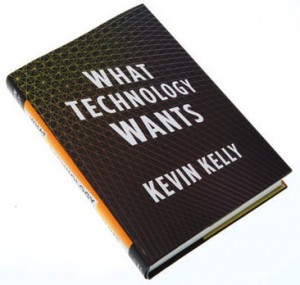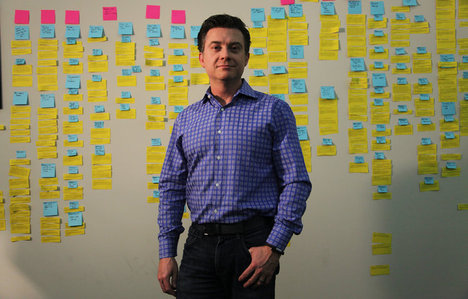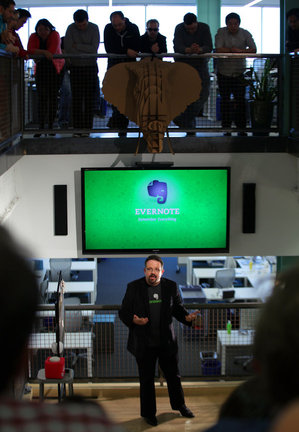(p. 67) Our present economic migration from a material-based industry to a knowledge economy of intangible goods (such as software, design, and media products) is just the latest in a steady move toward the immaterial. (Not that material processing has let up, just that intangible processing is now more economically valuable.) Richard Fisher, president of the Federal Reserve Bank of Dallas, says, “Data from nearly all parts of the world show us that consumers tend to spend relatively less on goods and more on services as their incomes rise. . . . Once people have met their basic needs, they tend to want medical care, transportation and communication, information, recreation, entertainment, financial and legal advice, and the like.” The disembodiment of value (more value, less mass) is a steady trend in the technium. In six years the average weight per dollar of U.S. exports (the most valuable things the U.S. produces) (p. 68) dropped by half. Today, 40 percent of U.S. exports are services (intangibles) rather than manufactured goods (atoms). We are steadily substituting intangible design, flexibility, innovation, and smartness for rigid, heavy atoms. In a very real sense our entry into a service- and idea-based economy is a continuation of a trend that began at the big bang.
Source:
Kelly, Kevin. What Technology Wants. New York: Viking Adult, 2010.
(Note: ellipsis in original; a graph is omitted that appears in the middle of the paragraph quoted above.)





